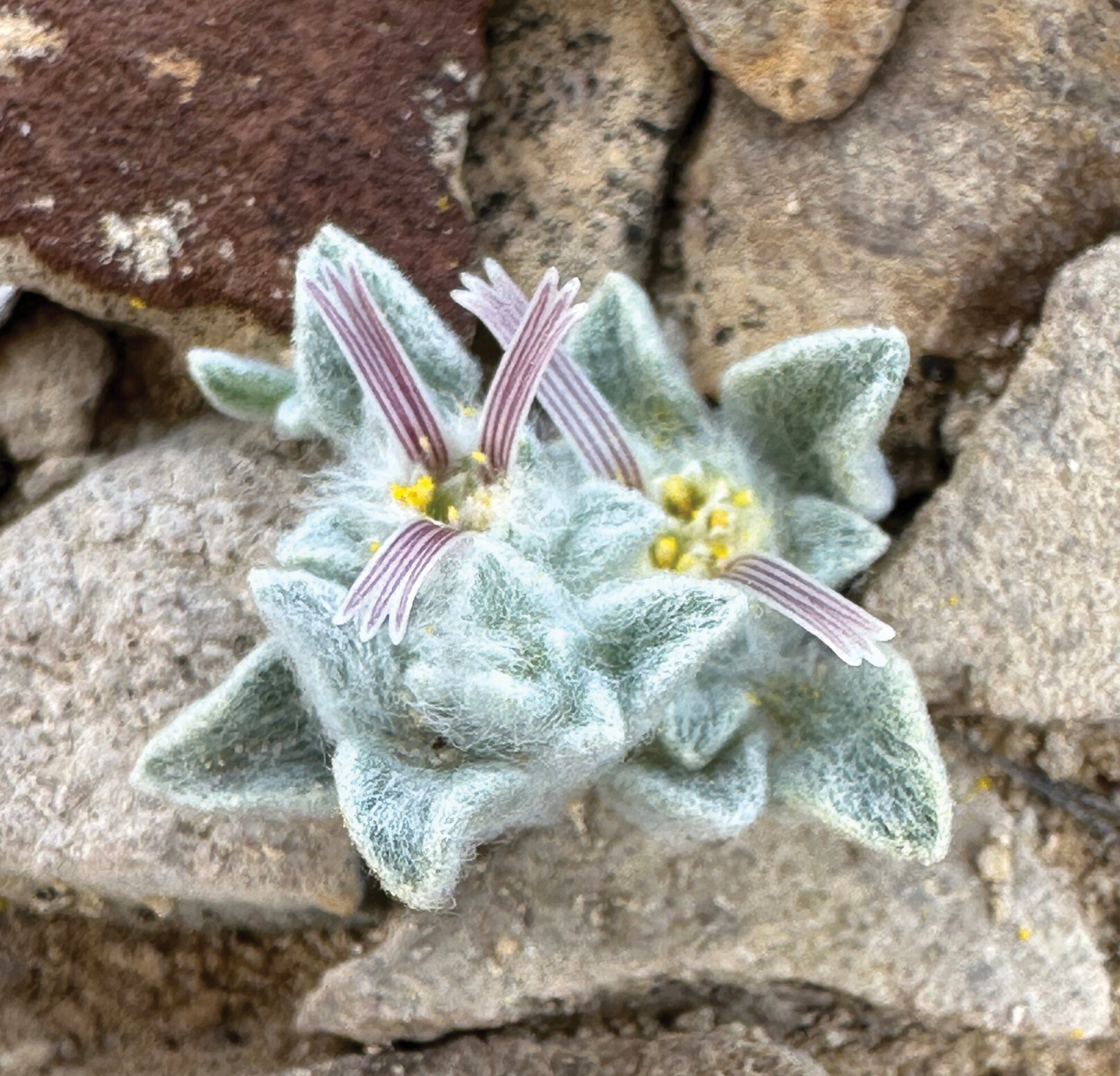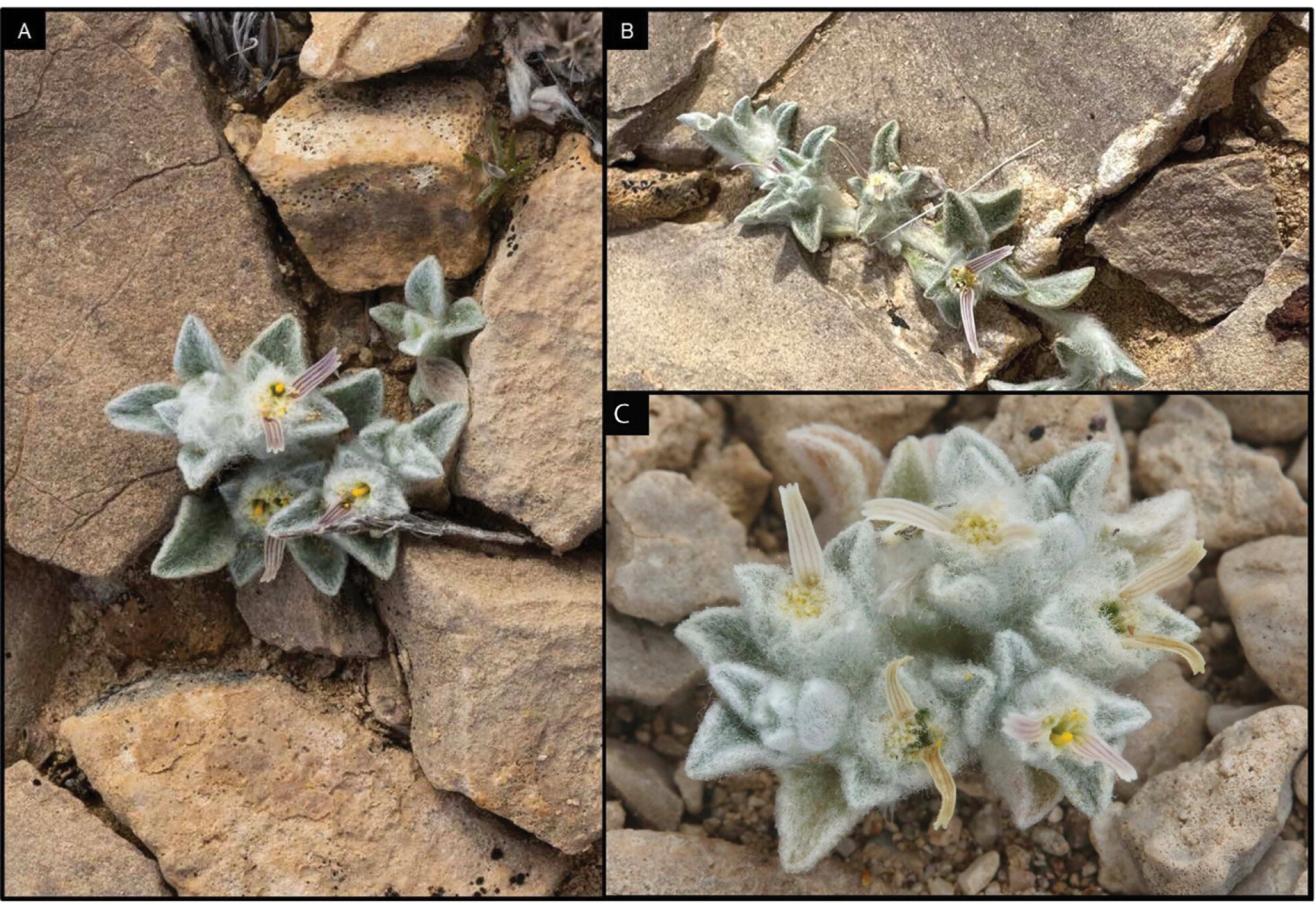Follow us on Google News (click on ☆)

First photograph of Ovicula biradiata taken by Deb Manley on March 2, 2024.
Credit: PhytoKeys (2025). DOI: 10.3897/phytokeys.252.137624
This discovery, initially shared on iNaturalist, led researchers to visit Big Bend National Park in Texas. DNA analysis confirmed that this plant, nicknamed the 'woolly devil', is unique, marking the first discovery of a new plant genus in a U.S. national park in nearly 50 years.
The 'woolly devil', or Ovicula biradiata, gets its name from its leaves covered in fur-like fibers and its red and white flowers. This plant belongs to the sunflower family, although its appearance is very different from that of its more well-known cousins.

Examples of medium-sized specimens occasionally found in known areas.
Photographs by Cathy Hoyt (A) & Deb Manley (B) on March 2, 2024, and James Bailey in April 2024 (C).
Credit: PhytoKeys (2025). DOI: 10.3897/phytokeys.252.137624
Despite its robust appearance, the 'woolly devil' is actually very fragile. It grows in an extremely limited area of the park, making it vulnerable to climate change and increasing drought in the region.
Researchers have expressed concerns about the survival of this species, suggesting that it may be on the brink of extinction. The exact location of the plants is kept secret to protect this newly discovered species.
Further studies could reveal important medicinal properties, such as anti-cancer and anti-inflammatory compounds, similar to those found in other plants in the sunflower family.
This discovery highlights the importance of preserving biodiversity in fragile desert ecosystems, where each species may hold vital secrets for humanity.
What is a genus in botany?
In botany, a genus is a classification category that groups species with common characteristics. It is a level of classification situated between family and species.
The discovery of a new genus, such as Ovicula biradiata, is significant because it indicates that the plant has sufficiently distinct characteristics to not be classified in an existing genus.
This classification helps scientists understand the evolutionary relationships between plants and identify species that may have unique or beneficial properties for humans.
Why is the location of rare species kept secret?
The location of rare or newly discovered species is often kept secret to protect them against illegal collection, poaching, or disturbance of their natural habitat.
In the case of the 'woolly devil', researchers fear that publicity around its discovery could lead to an increase in plant trafficking, which could threaten its survival.
By keeping the exact location confidential, scientists hope to give the species a chance to reproduce and develop without human interference.